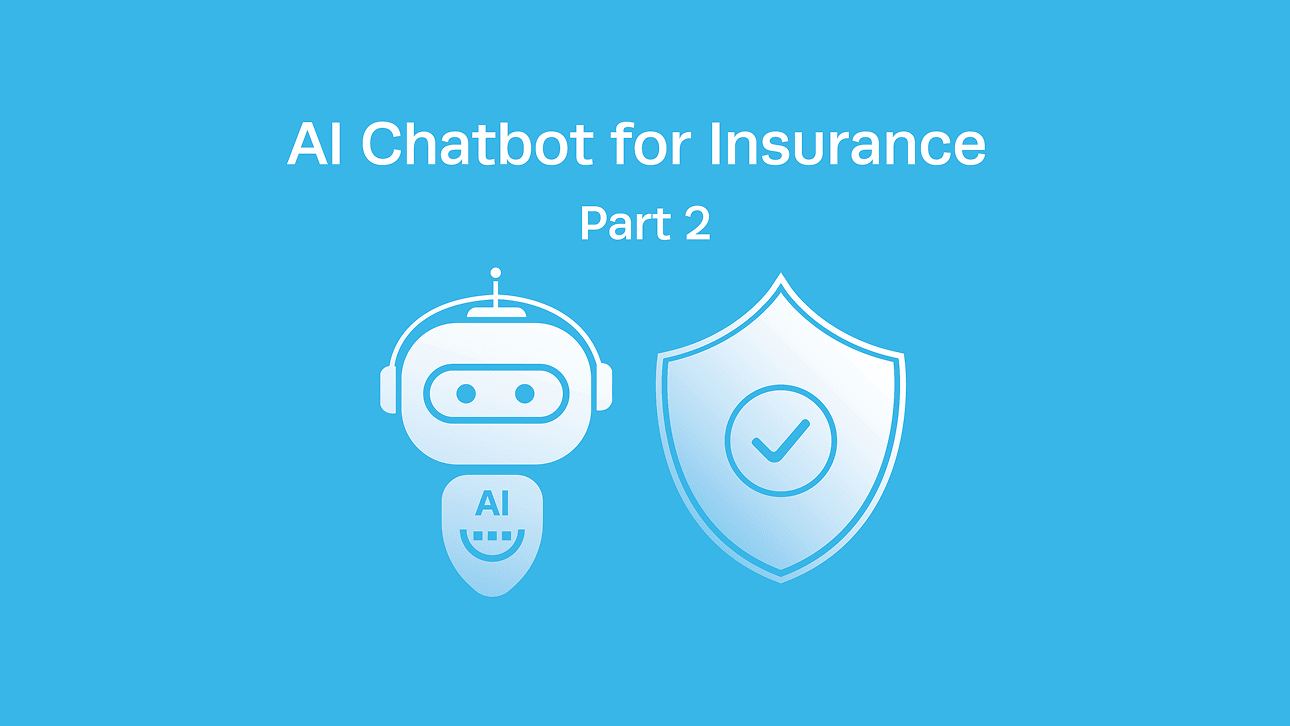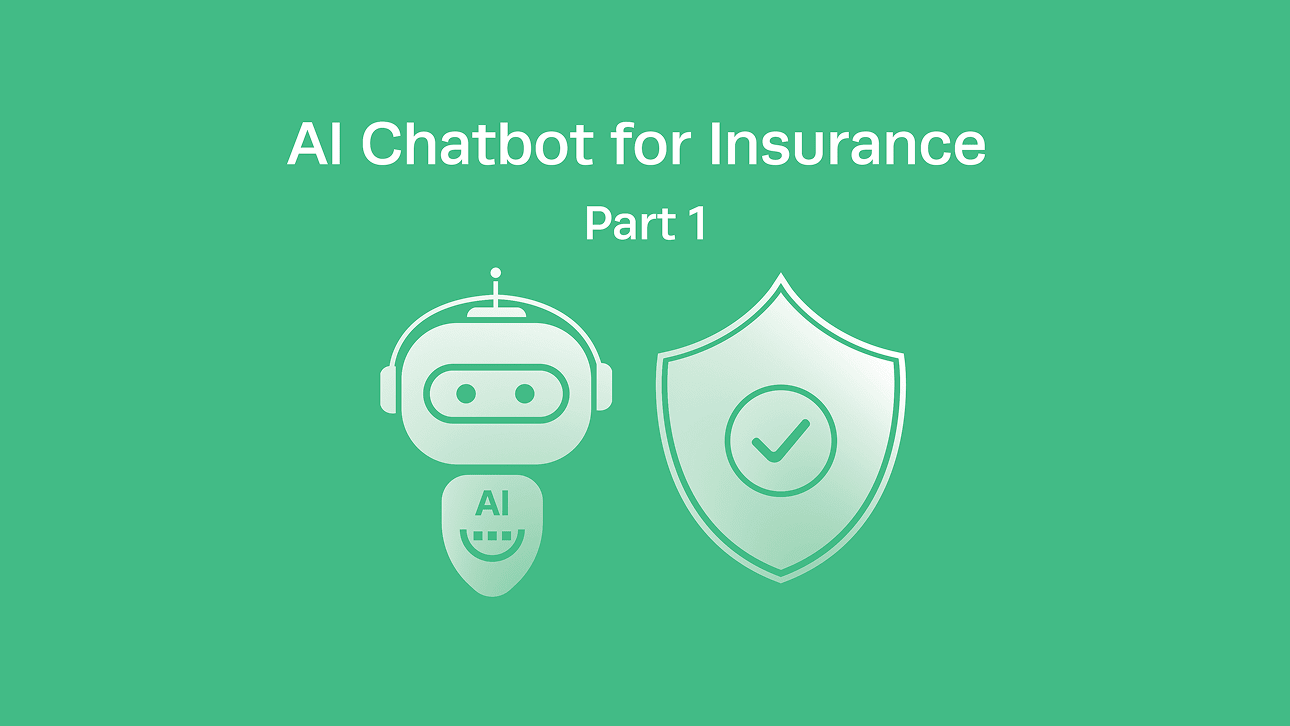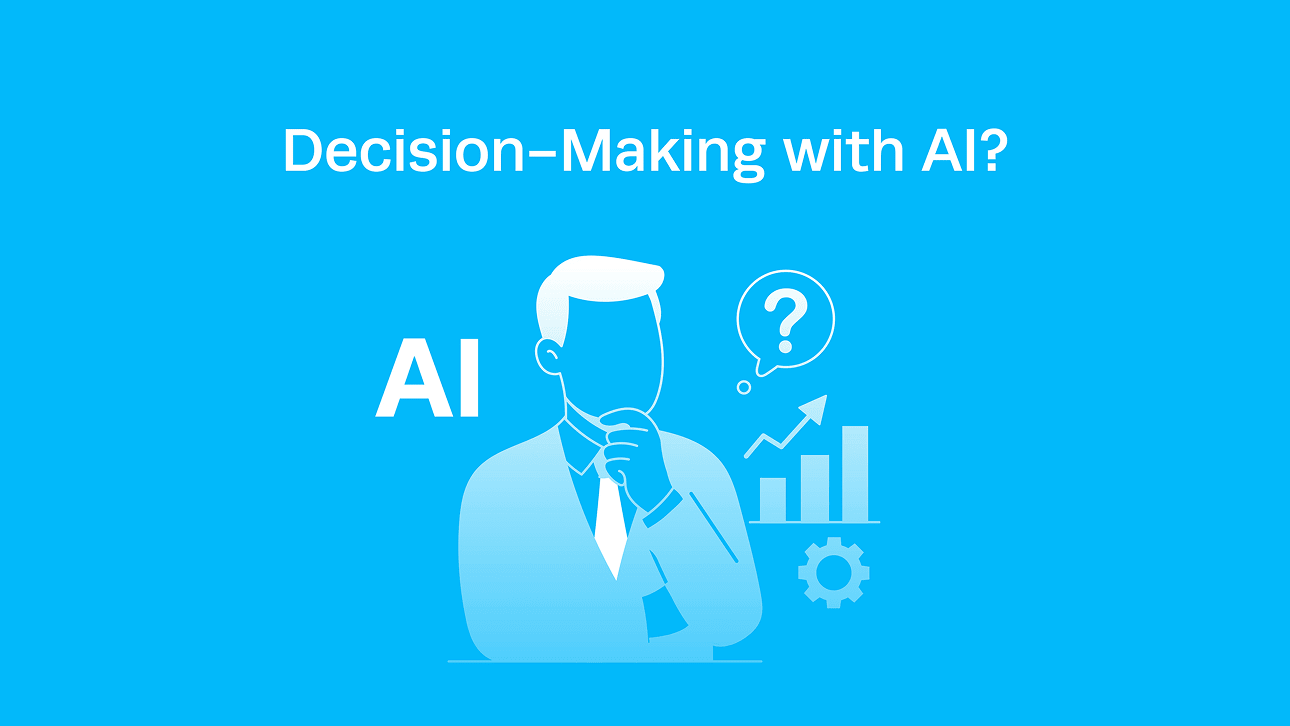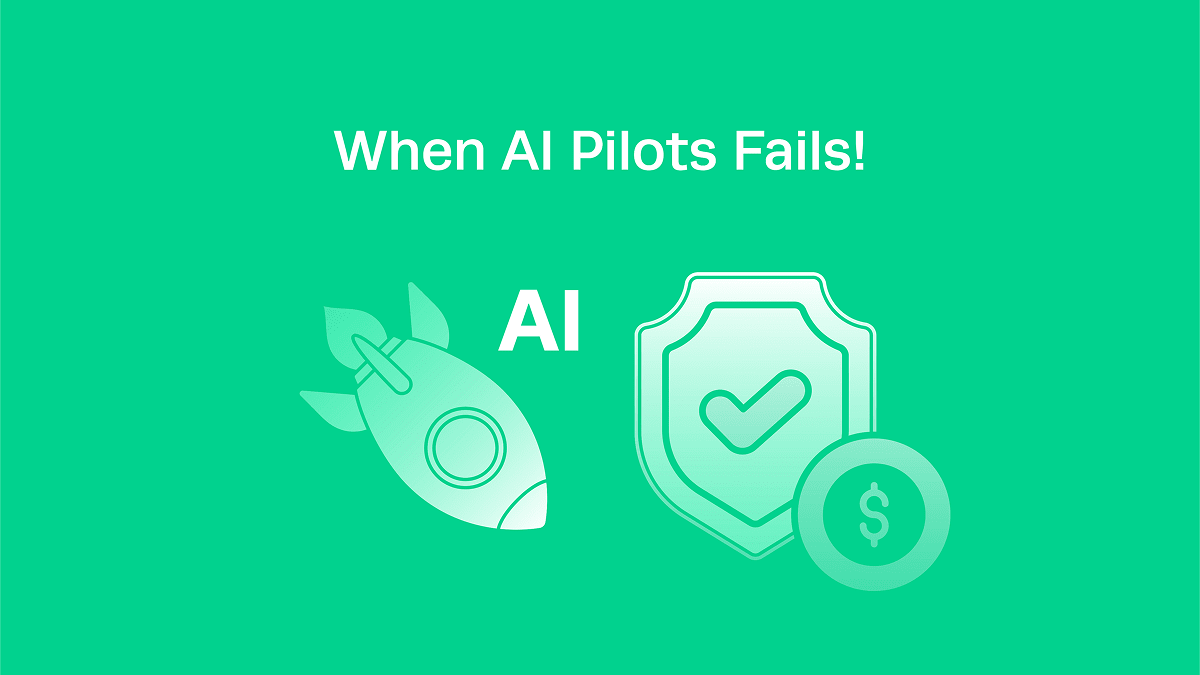In Part 1, we looked at why AI chatbots are gaining traction in insurance and how they reshape experiences for policyholders, agents, and internal teams. In this second and final part, we’ll turn to the practical side: how to implement them, how to measure success, and how to address the concerns that often hold insurers back.
A Practical 90-Day Implementation Playbook
Many insurers assume deploying a chatbot is a massive, multi-year program. In reality, you can deliver tangible results within 90 days if you scope the rollout carefully. The key is to start small, prove value with real outcomes, and then expand once the foundation is in place.
1. Identify the top intents
The best place to start is with the data you already have. Review IVR logs, call center reports, and chat transcripts to see which questions consume the most agent time. Common examples include “What’s my balance?”, “Can I get a copy of my ID card?”, or “What’s the status of my claim?”. Focusing on five to ten high-volume requests ensures that the chatbot will quickly demonstrate value.
2. Choose one audience first
Trying to serve every audience at once is a recipe for complexity. Instead, decide whether to focus on policyholders, agents/brokers, or internal staff. A policyholder-facing bot might launch with payments and ID cards, while an agent-facing bot could start with appetite checks and commission lookups. Narrowing the scope builds momentum without overwhelming your team.
3. Wire up the data
A chatbot is only as good as the systems behind it. That means connecting to policy, billing, and claims platforms so it can access and update real-time information. For payment use cases, ensure PCI compliance and tokenization from the outset. Even partial integration — for example, read-only access to policy data — can show value early while full bi-directional integration is developed.
4. Establish guardrails
Before launch, define what the chatbot can and cannot do. Should it transfer to a live representative when the customer mentions “cancel” or “escalate”? How should it log consent or mask sensitive data? Guardrails reduce risk and ensure the bot reinforces compliance and trust rather than undermining it.
5. Launch and refine
Once live, monitor how users interact with the chatbot. Look at containment rates, sentiment, and transcripts to refine intents. Early iterations are rarely perfect, but continuous improvement based on real conversations is what makes the bot smarter and more effective over time.
6. Expand channels
Start on the channel where you expect the most volume — often the insurer’s website or app. Once you’ve stabilized there, expand into SMS, WhatsApp, or other digital channels to meet users where they are. Multichannel support is often what turns a chatbot from a nice-to-have into a core part of the customer experience.
How to Measure Success
Metrics are the bridge between adoption and scale. Without them, it’s difficult to prove value internally. The most effective measures go beyond cost reduction to capture customer and agent experience as well.
- Containment rate – Percentage of conversations resolved without human involvement.
- Average handle time – Compare time spent in bot-led interactions versus agent calls.
- First contact resolution – Are users getting what they need in a single interaction?
- Digital CSAT or NPS – A one-question rating after a task provides clear feedback.
- Claim communication lag – Track how quickly policyholders are notified of updates.
- Agent productivity – Measure time to quote, bind, or issue when routine lookups are automated.
These metrics not only prove ROI but also highlight where to expand automation next.
Addressing Common Concerns
Even with a strong business case, insurers often hesitate. Most objections, however, are rooted in misconceptions:
- “Will this replace our agents?”
No. The chatbot is there to absorb routine, repetitive tasks so agents and adjusters can focus on empathy-driven, high-severity cases. Human expertise remains central. - “What if the bot makes mistakes?”
A well-trained bot doesn’t guess. It uses your policy and claims data. With strong fallback messages and seamless handoff to a human, confusion is minimized. - “Is it secure?”
Enterprise-grade chatbots encrypt all data, authenticate users, and comply with PCI and other regulatory requirements. For payments, card data is tokenized and never stored. - “How do we keep it accurate?”
Ongoing governance is critical. Many insurers establish a cross-functional “conversation council” spanning service, claims, and compliance. This group reviews content, ensures accuracy, and updates flows as policies evolve.
Practical Starting Points by Line of Business
Different lines of business have distinct needs, and automation should reflect that:
- Personal Auto & Home – Automate payments, ID card requests, claim status checks, towing guidance, and rental car eligibility.
- Small Commercial – Focus on certificates of insurance, endorsements, appetite screening, and quote pre-qualification.
- Specialty & E&S – Support brokers with submission checklists, appetite checks, and document completeness confirmations.
These early use cases represent fast wins that build confidence and demonstrate the chatbot’s ability to handle meaningful workloads.
The Bottom Line
Insurance customers expect speed, clarity, and transparency. Agents and brokers want fast access to information and fewer back-office delays. AI chatbots can raise the bar on both fronts when they are tightly integrated with policy and claims systems, designed around real workflows, and backed by compliance guardrails. The most effective approach is incremental: prove value within 90 days, measure what matters, and scale thoughtfully across more use cases and channels. In doing so, insurers not only reduce the cost to serve but also deliver the digital-first experiences policyholders and partners increasingly demand.
Talk to us. Let’s build what moves the needle.
Book a Demo




